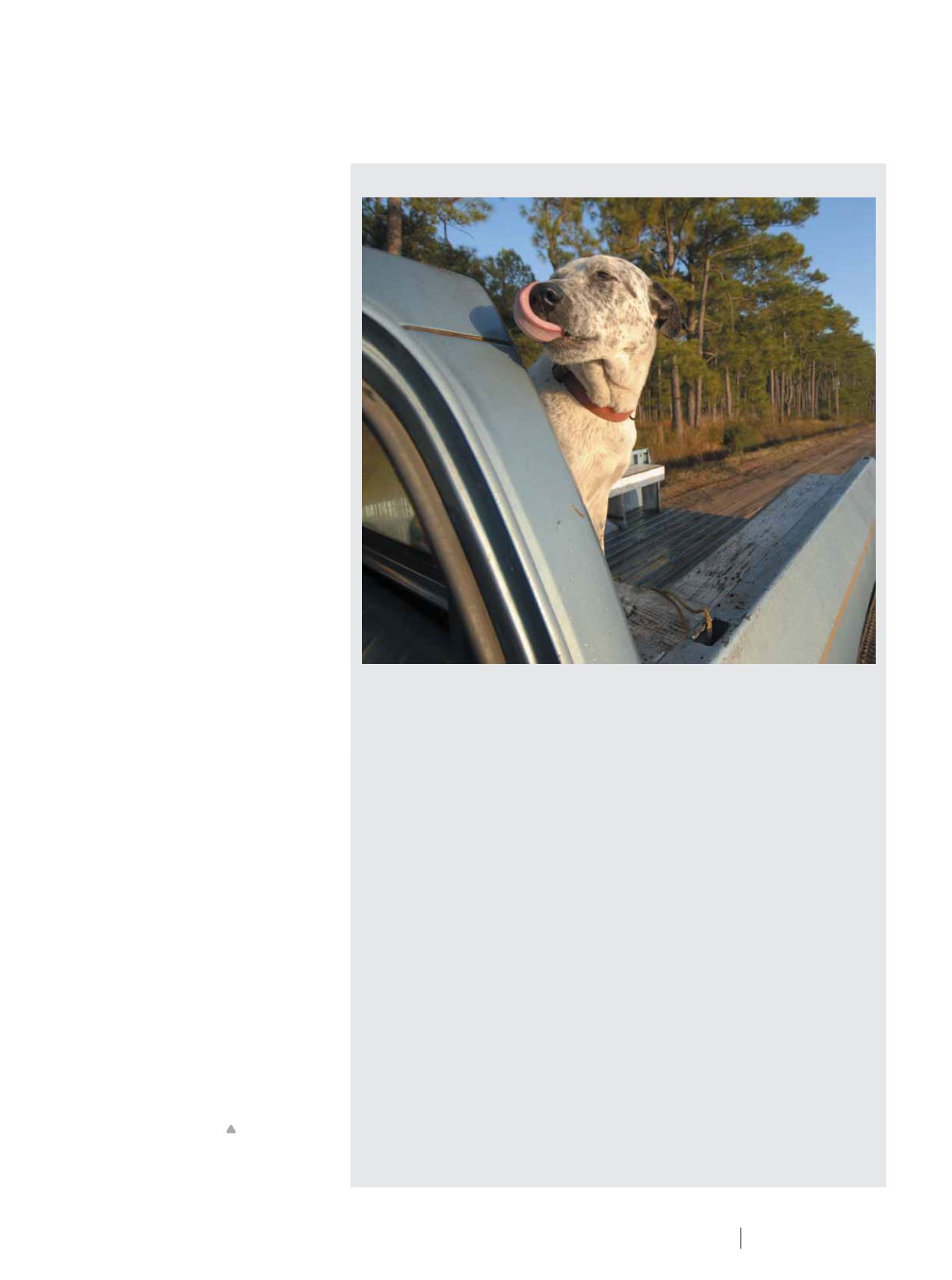

IT’S NOT JUST ABOUT YOU...
“Supervision is also important as
people can deteriorate quickly if
heat affected, so keep an eye out for
each other.
“Businesses should set realistic
workloads and work schedules and
ensure fair distribution of work.
“Further, it is important that workers
don’t rely on energy or caffeinated
drinks which can have a diuretic effect.”
WorkSafe WA explains that workers
in extremely hot environments can lose
up to a litre of fluid every hour, and it is
vital that this lost fluid is replaced.
The type of clothing worn is also
very important – loose clothing
allows air to circulate, improving the
evaporation of sweat.
KingGee’s Workcool range of
workwear, for example, has been
purposely built to help tradies beat the
heat and keep their cool on the job. The
UPF 50+ range is made with lightweight
yet strong Ripstop cotton, designed to
breathe without sacrificing protection
and tear resistance. A collar extension
has been added to all shirts for extra
sun protection and pants feature 10
multifunctional pockets reinforced with
triple stitching.
Heat stroke is a serious condition
that must be treated immediately. The
signs of heat stroke are cessation in
sweating, high body temperature and
hot and dry skin. Confusion and loss of
consciousness may occur.
If heat stroke is suspected, the
person should be treated by a doctor
as soon as possible. Until medical
treatment is available, the person
should be cooled down as quickly as
possible by methods such as soaking
clothing in cold water and increasing air
movement by fanning.
“The effects of extreme or sustained
heat can seriously affect a worker’s
concentration levels, and the
consequences can be very serious,”
Lex says.
“Guarding against heat stress and
heat stroke is part of providing a safe
and healthy workplace, and I urge
employers to ensure that preventative
measures are in place.”
KingGee
www.kinggee.com.auWhile you’re taking care of yourself
on job sites, keep in mind your mate
in the ute.
“Dogs are just as susceptible to
heat-related illness as humans,” says
Dr David Neck from the Australian
Veterinary Association (AVA).
“Vets receive numerous calls
from concerned dog owners during
heatwaves after seeing worrying
signs like lethargy, excessive panting
or breathing problems. But there are
simple tips that can help to prevent or
minimise problems.
“Unlike people, who sweat through
skin, dogs cool off through the pads
of their feet and tongues. They need
to pant to regulate their temperature,
and dogs with long hair can be more
susceptible to the effects of heat.”
Ten tips to ensuring your best
mate makes it through the summer
include:
1. Making sure there is cool, fresh
water available at all times. Leave
this in a shady area.
2. On really hot days, leaving multiple
bowls of cool water in the shade that
can’t be tipped over.
3. Keeping an eye on older pets as
they will be more susceptible to
the heat, particularly if they have
problems with their breathing.
4. Dogs love to sit in the sun, but
prolonged sun exposure can
quickly lead to heat exhaustion
and can cause skin cancers, so it’s
important to provide them with a
shaded area.
5. Filling a kids’ paddling pool with
a couple of inches of water and
leaving this in a shady spot for your
dog to sit in.
6. Tossing a few ice cubes in your dog’s
water bowl can help to keep their
temperature down.
7. If you don’t have air conditioning,
leaving a fan on during those really
hot days in the height of summer.
8. Walking your dog in the early
morning or the late evening to avoid
the hottest part of the day.
9. Putting some treats in the freezer.
10.Ifyou own a long haired dog, giving
them a trim to help them cope better
with the hotter months.
“It’s important to take your dog to
the local vet if they are displaying any
symptoms of heat stroke such as heavy
panting, fatigue, drooling, vomiting and
diarrhoea.
“Watch your dogs carefully on hot
days and give them extra care to help
them safely enjoy summer.”
E L E C T R I C A L CO N N E C T I O N
S P R I N G 2 0 15
8 7
















